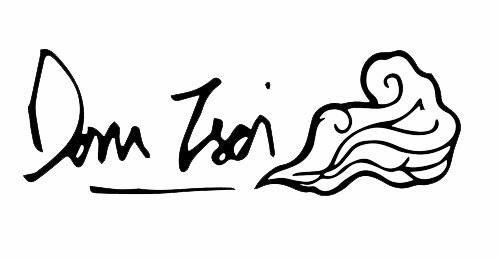Job role: Freelancer
In the future I would love to be a Freelance illustrator. I
find this job role suitable for me because personally I don’t want to keep
doing the same routine, and want to expand on my range of illustration skills.
I’d like to self promote myself and become known for my art and be an
inspiration to others. To me everything needs an illustration just like adding
flavour to a meal. Freelancing gives me the opportunity to work with clients on
what they want or even collaborate with other artists or specialists.
The pros of taking
this job role is that you have free time and can decide when you want to work
and where you want to work. This job shows independence and self promoting to
the highest level, giving you more freedom on what you want to achieve as an
illustrator. You always work on something different which leads to new
experiences, meeting new people and travel to a lot of places, visiting
galleries and exhibitions.
This is the dream job
for me, but you can never look at the good side all the time. The bad points
about this job role are that you’re not always guaranteed a constant, steady
work flow. Therefore this will link to the lack of financial consistency. It
will be hard at first to get you known in the world, and a challenge to try and
connect to target clients. You will also have threats of companies plagiarising
your illustrations and copy right. It’s an over all risky job and you would
need the facilities to keep producing your work so you will need to find
yourself.
Job role: Retailer
For part time jobs, I’ve always thought I’d be suited to
work in a well known retail shop. Since I enjoy long boarding and being on the
beach I wouldn’t mind working for Billabong, Quiksilver or any surf/skate brand
companies as a retailer. I imagined if I took this job role I could possibly
link to self promoting my illustrations to the brand and see where that could
take me e.g. T shirt designs, skate board designs, mural for the shop etc.
The pros of being a
retailer is you have a steady income/ salary which is useful in many ways if
you want to save money for specific equipment/ facilities to help your artwork.
You get to live close to friends and family and possibly get discount on
products in stores. It’s possibly easy transport to places depending on wear
you live and less travel expenses. Also it gives you an easier option to settle
down and find a house of your own, buy a new car etc.
The cons of this job
role are that it can be easily repetitive and can lead to boredom. You can get
tied to one place, with the same structured time which gives you less freedom.
You could end up not enjoying this job because it isn’t what you want to do
however need the income to support your personal life like: paying the rent,
monthly contracts and daily essentials.










































